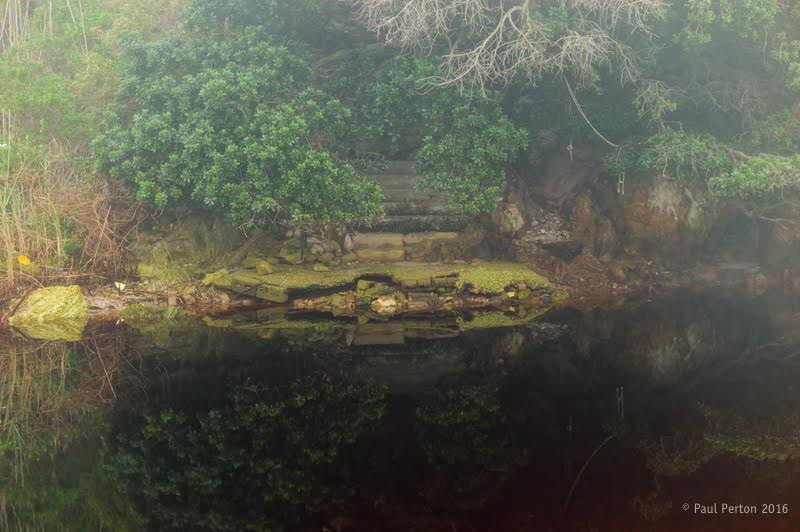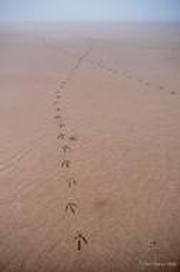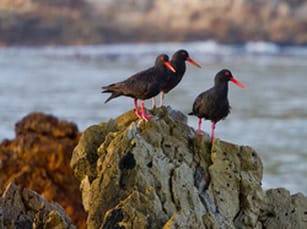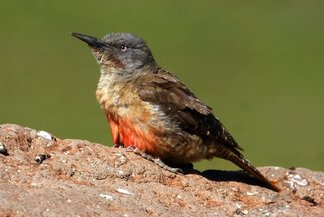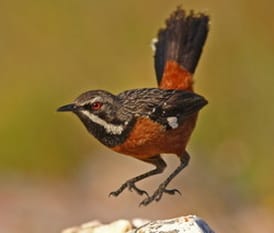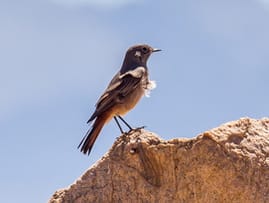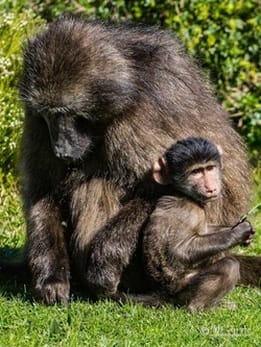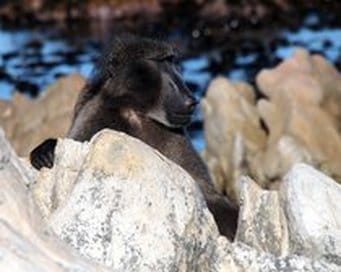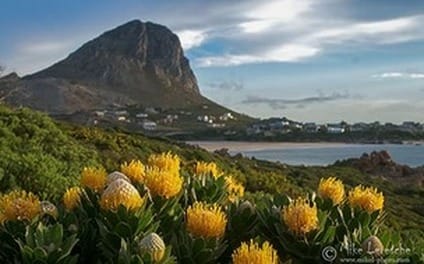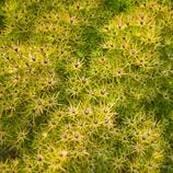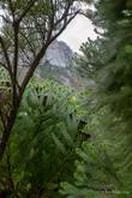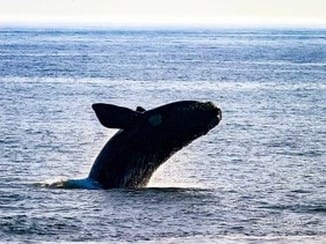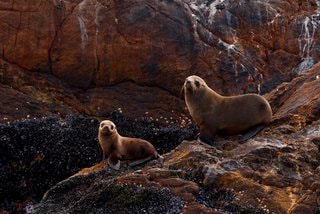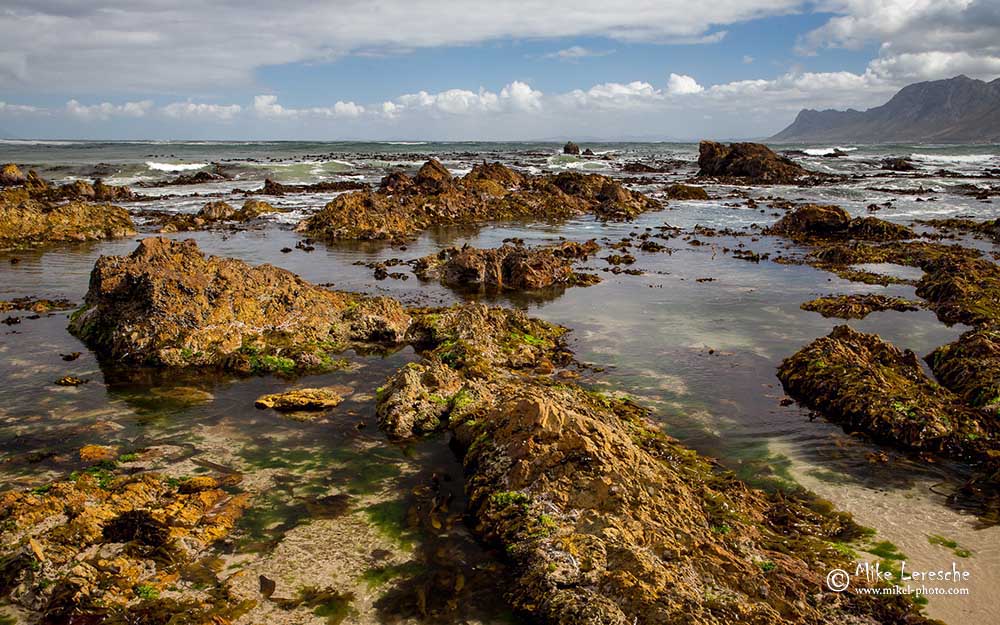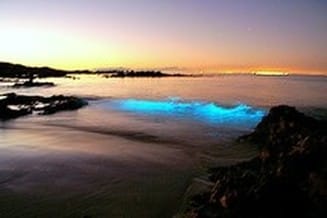Scroll down this page to see the links to Rooiels nature including links to Baboon info, Leopard photos, birds, plants, sealife and more
|
Keep SCROLLING down this page for Information on Rooiels Nature
Go to Galleries Page for photos of our scenic wonderland and to the website on Rooiels Fynbos by Dine van Zyl and Graham McCleland |
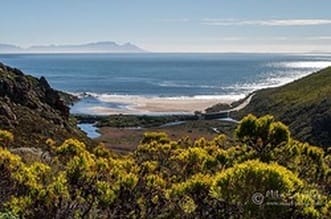
Rooiels is in the Kogelberg Biosphere Reserve We all delight in the untamed fynbos. Home to our birds, bees, baboons and bulbs ........and so much more Go to Overberg and Western Cape Nature page to see the
Kogelberg Biosphere Reserve map - and an excellent booklet on fynbos conservation Go to Interesting Documents on Biosphere Reserves
Click to go to Rooiels as part of the Buffer Zone for the KBR
|
Below here see the links to Bird Lists, Photos from Leopard Camera Traps, Living with Baboons and much more
Click on the special buttons, or any words highlighted in blue to go to the relevant links
Residents and visitors have photographed many plants, insects, animals, seaweeds, sea creatures and more. Really worth browsing
BIRDING IN ROOIELS
|
Camera Action and Special Animal Projects
Villagers have donated funds and time to set up cameras to photograph some of our more secretive animals. Go to the Camera Projects to learn more. As funds allow we hope to put up more cameras to let us share more closely in the lives of our animal neighbours. Click here to learn more about the camera projects
The leopard (Panthera pardus) is very rarely seen by any of us - but our cameras record them quite frequently along the Rooiels river ravine. The Cape clawless otters (Anonyx capensis) also star in film traps set to record them as they come up from the river or sea at night.
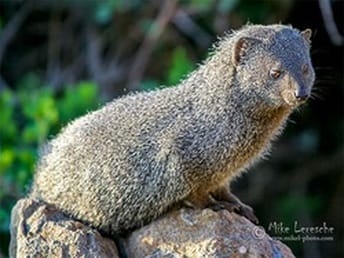
Other Fauna in and Around the Village
In Rooiels we live very closely with baboons, dassies (Procavia capensis) and with mongoose (mainly the Cape grey mongoose, Galerella pulverulenta). From time to time we have visiting rooikat (Caracal caracal). At night if a shadow passes your door, sniffing out your braai, it is the small-spotted genet (Genetta genetta) and there may be the larger Genetta tigrina nearer the river.
GO to Rooiels Field Notes - to see photos, queries and interesting anecdotes from Rooielsers on the nature in their gardens.
GO to Rooiels Wildlife Action Group - to see information updates on wildlife and to their Facebook page Rooielswildlife
In Rooiels we live very closely with baboons, dassies (Procavia capensis) and with mongoose (mainly the Cape grey mongoose, Galerella pulverulenta). From time to time we have visiting rooikat (Caracal caracal). At night if a shadow passes your door, sniffing out your braai, it is the small-spotted genet (Genetta genetta) and there may be the larger Genetta tigrina nearer the river.
GO to Rooiels Field Notes - to see photos, queries and interesting anecdotes from Rooielsers on the nature in their gardens.
GO to Rooiels Wildlife Action Group - to see information updates on wildlife and to their Facebook page Rooielswildlife
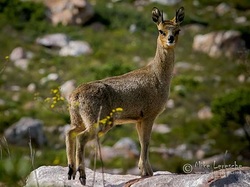
raKlipspringer (Oreotragus oreotragus) live on Klein Hangklip but are so well camouflaged that although fairly common you only occasionally spot them when they are standing up on the rocks. Cape grysbok (Raphicerus melanotis) are rarely seen but are known to have browsed in gardens in the past. Smith's red hare (Pronolagus rupestris) was regularly seen on Rocklands Rd point, but it may have become rooikat breakfast as it was not seen for over a year. But a rabbit is back (seen in January 2016 in Klein Rooiels and another back in the area near the A frame in April 2016). There has been some confusion that it may actually be Hewitt's red hare rather than Smith's, but the Distribution map shows Rooiels outside the Hewitt's (Prolongus saundersiae) range. Smaller mammals include the Cape golden mole (Chrysochloris asiatica), the Cape dune molerate (Bathyergus suillus) and a range of rodents including the little four-striped mouse (Rhabdomys pumilio) and the quaint elephant shrews (Elephantulus edwardii). We also have some alien larger mice and rat species that are a nuisance if our snakes and mongoose are not patrolling well.
Seals - are they Marine Life or land animals? We have the link to them below in Marine Life - but we do have a colony of over 100 living on Roman Rocks peninsular
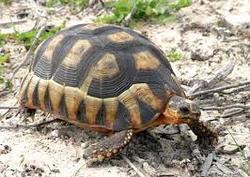 Rooipensskilpad or angulate tortoise
Rooipensskilpad or angulate tortoise
Tortoises are found all over Rooiels. This is the rooipens or duineskilpad, or angulate tortoise (Chersina angulata) in the photograph. We ask you to drive slowly and give them right of way! Please keep note of where and when you see them. We are very keen for someone to see the parrot-beaked (Homopus areolatus) which should be found in Rooiels. They are very small, excellent climbers and have a hooked beak. Also keep a look out for the geometric tortoise (Psammobates geometricus) which is endemic to the Renosterveld but could possibly be found here. Click to go the Tortoise Guide.
The scorpions in Roioels are mainly the brown variety with large pincers and a small tail. They can give you a nasty sting but are not fatal. Go to the Other animals page for more about the land mammals, reptiles, amphibians and insects in Rooiels.
The scorpions in Roioels are mainly the brown variety with large pincers and a small tail. They can give you a nasty sting but are not fatal. Go to the Other animals page for more about the land mammals, reptiles, amphibians and insects in Rooiels.
A list of the Fauna of Rooiels is being compiled
Baboons
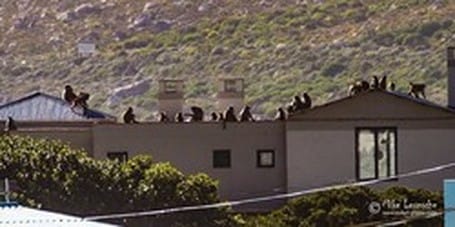 Click the Photo for more about the the Baboons
Click the Photo for more about the the Baboons
Baboons in Rooiels are a source of amusement, wonder and joy but also of frustration as they can be a nuisance and destructive when you haven't been able to keep them out of your house!
Learn More about the Baboons
Joselyn Mormile was living in the village and is doing her PhD research on the baboons. She gained valuable insights into their behaviour. You can see some of the articles under Research
Click for information on what to do if they get into your house or car and for protecting your home to reduce conflict
Learn More about the Baboons
Joselyn Mormile was living in the village and is doing her PhD research on the baboons. She gained valuable insights into their behaviour. You can see some of the articles under Research
Click for information on what to do if they get into your house or car and for protecting your home to reduce conflict
Flora
Learn more about the Plants of Rooiels and the Fynbos and browse the photos in the Identification Guide to the Plants Growing Naturally in and Around Rooiels. Gardeners are referred to the Rooiels Conservancy Page for Tips on Gardening
Marine Resources & Sea Life |
Go to the Ecology page to access articles about the Rooiels estuary and the exploration and archaeological history of the cave above the river.
|
A poem that praises the untamed nature we try to keep alive in our village
